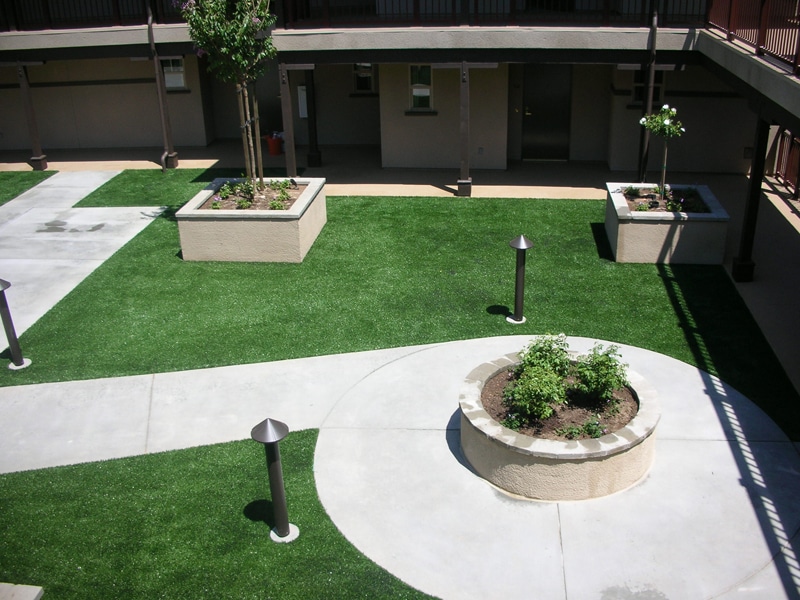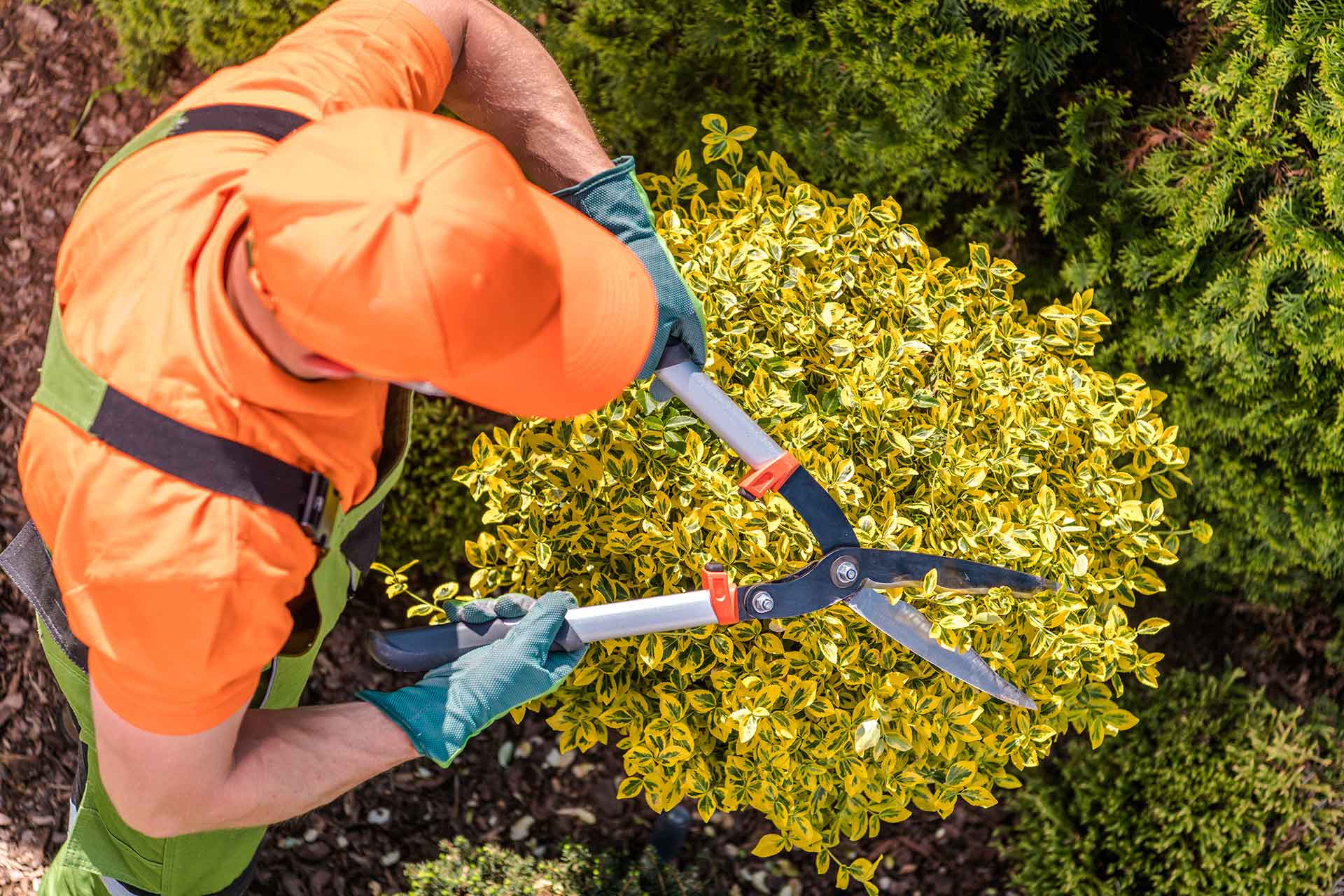What is Dtex in artificial turf?
Choosing the right artificial grass is not as easy as you might think. There are many factors to take into account depending on the use that is going to be given, and one of the factors to take into account is the Dtex.
What is Dtex?
Dtex is the abbreviation for Decitex, which is a unit of yarn measurement used in the textile industry. According to the RAE dictionary:
A unit of linear mass equivalent to one tenth of 1 tex, which is applied in the numbering of continuous filament fibres and yarns, such as silk, rayon and synthetics.
In the same way that nylon healds have a denier rating: the lower the denier rating, the finer the nylon yarn and the tighter the healds. Higher denier means thicker yarn and heavier tights.
The denier measures the mass of the thread in grams per 10,000 metres. Therefore, the thicker the yarn (or blade of grass), the heavier the mass and the higher the Dtex index.
You probably think that if it’s thicker, it will be stronger and last longer. And it’s more or less like this
However, there is something else to consider. The thicker the blade of grass (piece of yarn), the harder it will be. Therefore, a sports field or commercial space should definitely look for a higher Dtex rating, as it will withstand the tough demands placed on it.
Where children and pets play, on the other hand, it is better to opt for a lower Dtex, as it offers a softer, more pleasant look and feel. A stiff and sturdy artificial turf installation would last a long time, of course, but it would be hard on small, soft feet.
Dtex uncovered
So the bottom line is this: Don’t spend a fortune on a high Dtex product if you don’t need it. Talk to Verdeo, who always give you good advice on what you need (and why!) so you can choose the right Dtex for your artificial grass needs.



